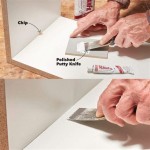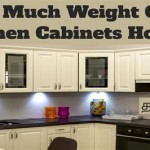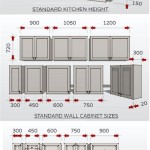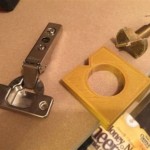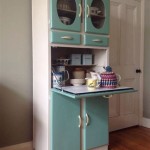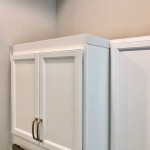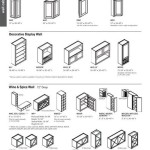Essential Aspects of Kitchen Cabinet Standards
Kitchen cabinets play a crucial role in the functionality, aesthetics, and overall durability of your kitchen. To ensure you get the best possible value for your investment, it's essential to understand the different standards that guide their design and construction. Here's a comprehensive guide to the key aspects of kitchen cabinet standards.
1. Material Standards
The material used for kitchen cabinets significantly impacts their quality and longevity. Common materials include:
- Solid wood: Known for its durability, stability, and timeless appeal. Ideal for high-end kitchens.
- Plywood: A strong and durable material made from layers of wood veneers. A good choice for both frame and frameless cabinets.
- Medium-density fiberboard (MDF): An engineered wood product with a smooth finish that can be painted or stained. A budget-friendly material commonly used for cabinet doors and panels.
- Particleboard: A low-cost material made from wood particles. It's less durable than other options and susceptible to moisture damage.
2. Construction Standards
The construction method of kitchen cabinets affects their stability, longevity, and ability to withstand heavy loads. Two main construction types include:
- Frame cabinets: Feature a frame made of solid wood or plywood with panels attached to the frame. They are known for their strength and durability.
- Frameless cabinets: Have sides, tops, and bottoms made of a single piece of material, such as plywood or MDF. They offer a sleek, modern look and are easier to clean.
3. Door Styles and Finishes
Kitchen cabinet doors come in a wide range of styles and finishes to match any kitchen decor. Common door styles include:
- Shaker: A classic style with a recessed panel surrounded by a square frame.
- Slab: A simple, flat door with no ornamentation.
- Thermofoil: A durable material made of vinyl laminated to MDF or plywood.
- Veneer: A thin layer of natural wood applied to a substrate material like plywood.
4. Hardware and Accessories
Kitchen cabinet hardware includes knobs, pulls, and hinges that not only enhance the aesthetics but also determine the functionality of the cabinets. Common types of hardware include:
- Knobs: Decorative handles attached to the front of the cabinet door.
- Pulls: Longer handles that are attached to both sides of the cabinet door.
- Hinges: Allow the cabinet doors to open and close smoothly.
5. Storage and Organization
Kitchen cabinets should provide ample storage and organization solutions to keep your kitchen clutter-free. Common features include:
- Shelves: Adjustable or fixed shelves for storing dishes, cookware, and other kitchen essentials.
- Drawers: Provide easy access to items stored below the countertop.
- Pull-outs: Baskets or drawers that slide out, offering easy access to items stored in the back of the cabinet.
- Lazy Susans: Rotating shelves that maximize corner storage space.
6. Safety Standards
Kitchen cabinets must comply with safety standards to ensure they are safe to use. Common safety features include:
- Soft-close mechanisms: Prevent drawers and doors from slamming shut, reducing the risk of injuries.
- Childproof locks: Keep cabinets containing dangerous items, such as cleaning supplies, out of the reach of children.
- Anti-tip brackets: Secure the cabinets to the wall to prevent them from toppling over.
7. Warranty and Certification
When purchasing kitchen cabinets, it's important to consider the warranty and certification offered by the manufacturer. A comprehensive warranty provides peace of mind and protection against defects in materials and workmanship. Additionally, certifications from reputable organizations, such as the Kitchen Cabinet Manufacturers Association (KCMA), indicate that the cabinets meet industry-recognized quality standards.
By understanding these essential aspects of kitchen cabinet standards, you can make informed decisions and select cabinets that meet your specific needs and expectations. Whether you're renovating your kitchen or building a new home, adhering to these standards will ensure you get the most out of your kitchen investment.

Measure Your Kitchen Cabinets Before Designing The Layout Cabinet Dimensions Height Measurements

Base Cabinet Size Chart Builders Surplus

Kitchen Cabinet Sizes What Are Standard Dimensions Of Cabinets

N Standard Kitchen Dimensions Renomart

Abcs Of Kitchen Cabinets And Specifications Granite Quartz Countertops Factory

Kitchen Unit Sizes Cabinets Measurements Height Cabinet

Kitchen Cabinet Dimensions Size Guide

Guide To Master Kitchen Cabinet Dimensions With Ease Waterbuckpump

Kitchen Cabinets 101 Cabinet Shapes Styles Cabinetcorp
Guide To Kitchen Cabinet Sizes And Dimensions

